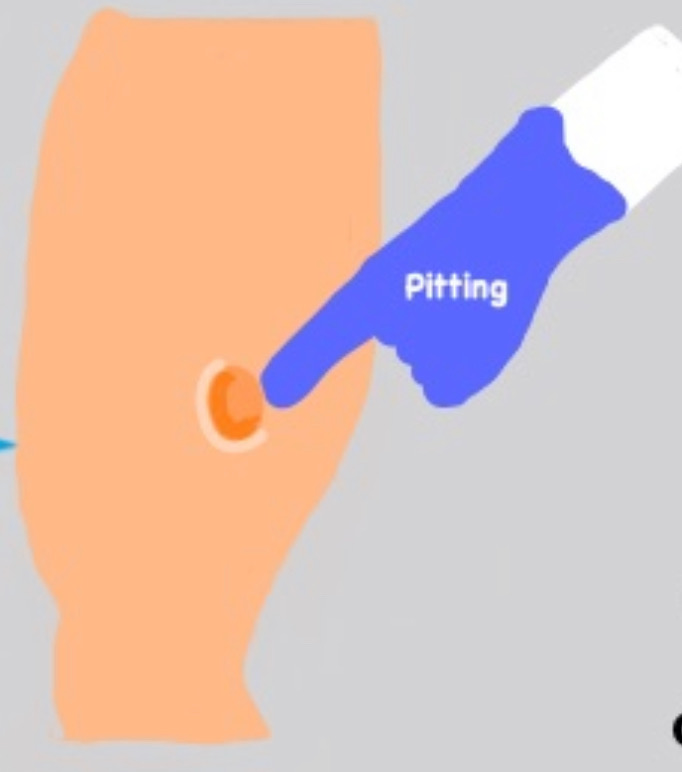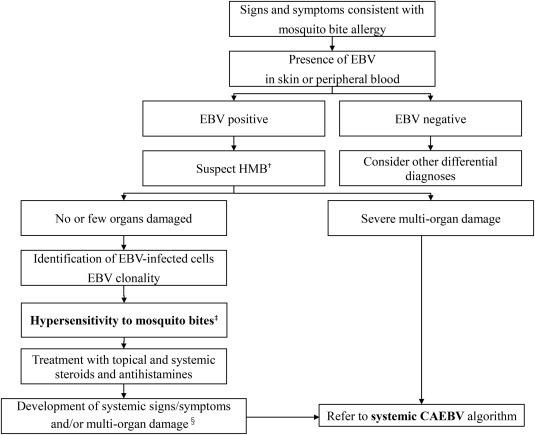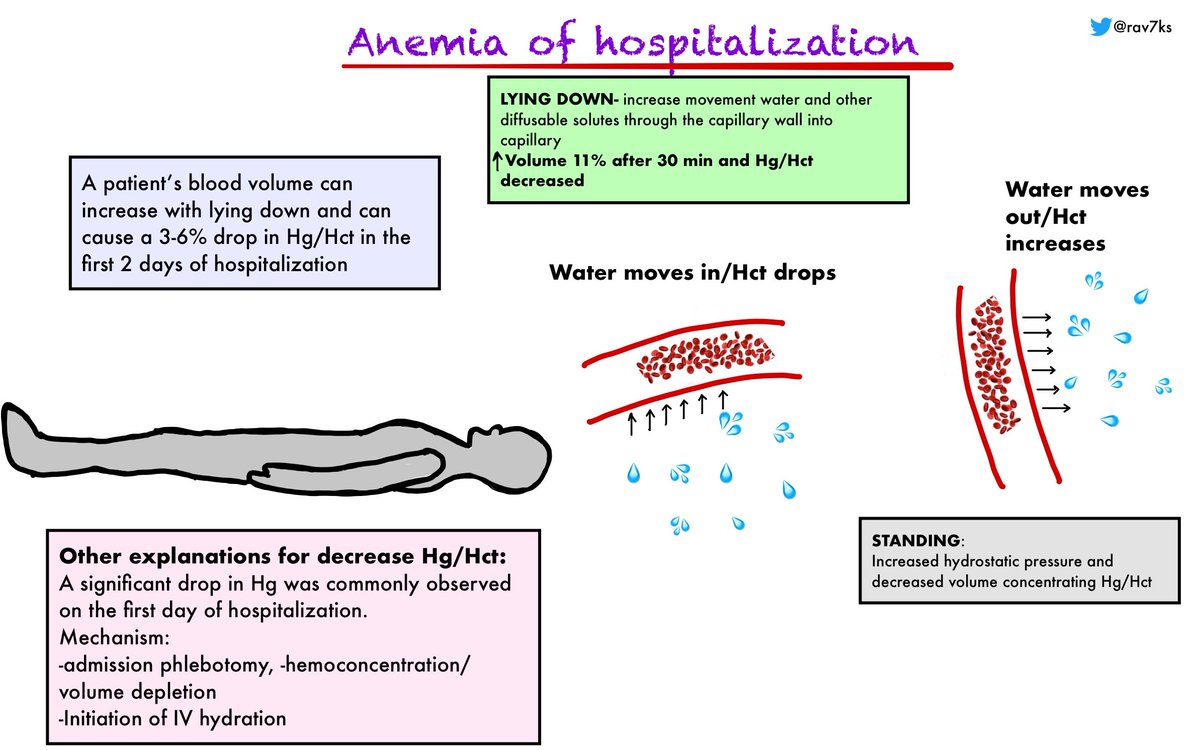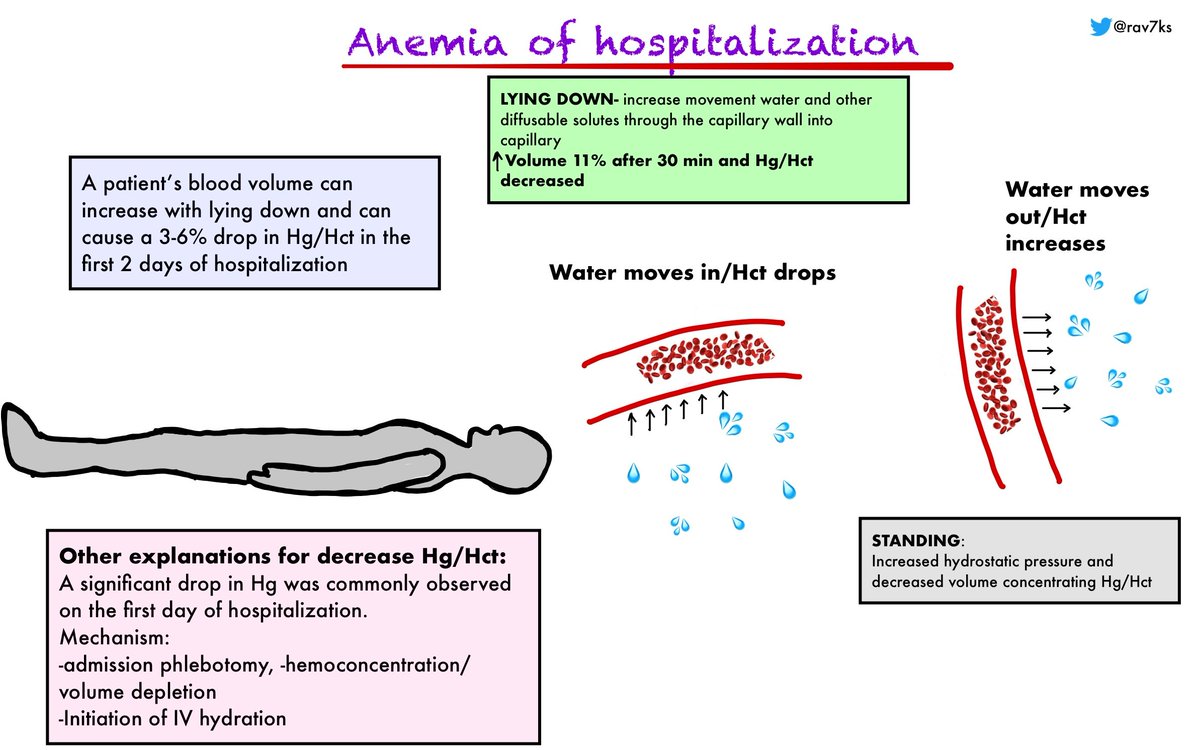1/6 @k_vaishnani discussed Cement PE recently and it reminded me of a patient I had with N/V due to a procedural complication that I was also not familiar with. A great learning point is to try to associate the procedure to the complication whilst trying to entertain other #DDX 

2/6 The patient presented with a past medical history of DM and paroxysmal AFib s/p Ablation two days prior to admission.
One day after the procedure, she developed generalized progressive abdominal discomfort (+) persistent n/v, exacerbated with food intake.
One day after the procedure, she developed generalized progressive abdominal discomfort (+) persistent n/v, exacerbated with food intake.
3/6 The abdominal pain was diffuse and intensity was 6/10 Intermittent and relieved by vomiting.
It was associated with palpitations and diaphoresis. The team ran through causes of abd pain via @CPSolvers schema. Her labs showed met. alkalosis /dehydration from excessive vomiting
It was associated with palpitations and diaphoresis. The team ran through causes of abd pain via @CPSolvers schema. Her labs showed met. alkalosis /dehydration from excessive vomiting

4/6 Exam yielded a disteded painful abdomen. We obtained imaging showing a large stomach which made gastroparesis likely in this case with long standing DM.
However, a quick search of the literature for AFib s/p Ablation and N/V yielded Atrial fibrillation gut syndrome.
However, a quick search of the literature for AFib s/p Ablation and N/V yielded Atrial fibrillation gut syndrome.
5/6 #Pearl Gparesis occurs secondary to Vagal Nerve Injury from ablation.
Periesophageal vagal nerve injury manifests as acute onset n/v, abdominal pain, and distension within 48 hrs of ablation
Presentation:
•Epigastric discomfort/Bloating
•Abdominal Pain
•Nausea/Vomiting
Periesophageal vagal nerve injury manifests as acute onset n/v, abdominal pain, and distension within 48 hrs of ablation
Presentation:
•Epigastric discomfort/Bloating
•Abdominal Pain
•Nausea/Vomiting
6/6 Acute delayed gastric emptying suspicious for vagal nerve plexus injury compared to gastroparesis from chronic conditions such as diabetes or thyroid disease. Usual presentation is 2-4 days post-ablation.
ahajournals.org/doi/10.1161/ci…
#MedTwitter #MedStudentTwitter
ahajournals.org/doi/10.1161/ci…
#MedTwitter #MedStudentTwitter
• • •
Missing some Tweet in this thread? You can try to
force a refresh

















